Suppose you are experiencing persistent pain throughout your joints that limits your mobility. In that case, you may be encountering joint stiffness and swelling. These challenges can significantly impact your ability to carry out daily life and enjoy the activities you love. However, there is hope, and we’re here to shed some light on this uncomfortable symptom.
In this article, we will talk about the common issue of joint stiffness and swelling. This concern affects countless individuals for a variety of reasons. We will guide you through the intricate nature of joints and how stiffness and swelling can impact the body’s ability to function normally. We’ll also discuss the recognizable signs and symptoms, the common underlying triggers, and the typically prescribed conventional treatment options.
Our goal is to provide you with valuable insights that will help you understand your distressing symptoms at a deeper level. With this knowledge, you can be sure to find an effective treatment and enduring relief that suits your individual needs and lifestyle so you can live a life unburdened by the constraints of joint discomfort.
If you, or someone you care for, is dealing with joint stiffness and swelling, you can understand the importance of finding answers about how it occurs and, most importantly, seeking enduring relief. In your pursuit for answers, we’ll explore how Neurofunctional Pain Management is specifically designed to address the debilitating symptoms of joint pain and stiffness all over the body.
Let’s begin by exploring the anatomy and physiology of joints and the inner workings of your body that give rise to challenging joint pain and stiffness.
Exploring The Anatomy Of Joints
Did you know that an adult’s body is made up of 206 bones, all interlinked with 360 joints? Joints are the vital junctions between our bones, natural hinges that allow us to bend, twist, and turn various body parts easily. Joints are categorized into three types of joints: fibrous joints, cartilaginous joints, and synovial joints.
Synovial joints are the most common joints in our body. They have a special joint cavity that encompasses a structure called the synovial capsule, which secretes synovial fluid. Synovial fluid is a natural lubricant, and it creates the perfect environment that cushions our joints and allows them to glide smoothly and effortlessly.
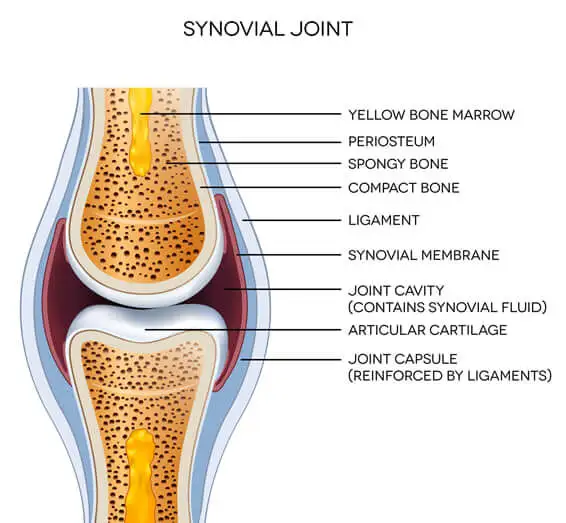
However, the harmony between effective synovial fluid production and the fluidity of joint movement can be disrupted in the presence of joint swelling and stiffness. When inflammation overwhelms a joint, as it does in swelling and stiffness, the synovial capsule begins to release excess fluid, inundating the joint.
As the fluid builds up, it places pressure on the joint’s capsule, leading to the characteristic swelling that we can see under the skin. This swelling, in turn, contributes to the sensation of stiffness and pain during movement.
While joint swelling and stiffness can affect any synovial joint, they are typically seen in joints that bear the brunt of our daily activities and hobbies. The knees, elbows, shoulders, and fingers are areas exposed to frequent impactful movements such as increased load and repetitive motions. Unfortunately, these actions make them susceptible to injury and inflammation, disrupting normal synovial fluid production and triggering pain and stiffness.
Knowing how joint swelling and stiffness emerge gives us a clearer picture of the intricate interplay between inflammation, synovial fluid, and our everyday joint movements. This can help us to navigate the everyday challenges of joint stiffness and swelling more effectively.
Now that we have a solid understanding of what is going on under the surface let’s discuss some additional signs and symptoms that may indicate you have serious joint inflammation and swelling.
Signs And Symptoms Of Serious Joint Inflammation And Stiffness
When it comes to significant joint inflammation, a variety of signs and symptoms can make an appearance. Common indications of joint inflammation can include one or more of the following:
- Pain & tenderness: Increased sensitivity and soreness or persistent pain and discomfort in the affected joint, especially during movement or rest.
- Loss of flexibility: Difficulty in moving the joint through its normal range of motion.
- Grating sensation: A grinding or creaking sensation within the joint during movement.
- Redness: Inflammation can lead to visible redness of the skin surrounding the joint.
- Feelings of heat: The affected joint can feel warm to the touch.
- Full or partial loss of function: Reduced ability to perform routine activities involving the joint is a sign of more advanced inflammation.
Becoming familiar with these common signs and symptoms of joint inflammation helps you identify any growing concerns or worsening symptoms. This knowledge will guide you on when to seek medical advice, preventing the inflammation from worsening and reducing the risk of complications related to joint swelling.
But what causes this inflammation in the first place? In the next section, we will discuss the common causes of swollen and stiff joints.
Common Causes Of Swollen And Stiff Joints
Various factors can lead to joint stiffness and swelling, significantly impacting your ability to move freely and enjoy life to the fullest. Among the most common causes are:
- Bone fractures: Accidents that lead to broken bones can trigger swelling and inflammation of surrounding joints.
- Infection: Whether it is an infection directly within the joint or a broader inflammatory response, the body’s response to infections can impact joints, resulting in swelling and discomfort.
- Dislocations: Joints that have become dislocated, shifting from their normal position, will cause pain and swelling.
- Injuries: Injuries that incorporate the muscles or tendons of the joints, such as sprains or strains, may cause joint irritation and inflammation.
- Tendonitis: Conditions such as tendonitis means the irritation of tendons, which can be a source of inflammation and injury.
- Inflammation: Conditions such as arthritis can cause ongoing (chronic) joint swelling, stiffness, and pain.
- Lack of movement: Prolonged periods of immobility can result in developing stiff joints from reduced synovial fluid production.
Gaining more profound insights into these potential causes of joint discomfort can help you to understand the causes of your symptoms better and find the most suitable treatment options for your situation.
In addition to these common causes, certain medical conditions can also trigger uncomfortable symptoms arising within the joints. We’ll explore those in more detail in the next section.
Medical Conditions That May Cause Joints To Stiffen And Swell
Specific medical conditions, such as inflammatory and musculoskeletal conditions, are frequently associated with developing joint stiffness and swelling. These include:
Gout
Gout is a common type of arthritis caused by the buildup of sharp uric acid crystals in and around the joints. Congestion of the joints leads to sudden and severe joint pain that typically affects your big toe but can also affect your knees, feet, hands, and fingers.
Knee Pain
Knee pain is a multifaceted ailment and can arise from various underlying issues such as injuries, arthritis, or overuse. These will result in knee pain, swelling, and stiffness, impacting your ability to perform daily activities.
Bursitis
Some joints also contain bursae, small fluid-filled sacs inside the synovial cavity. They create additional cushioning for highly mobile joints such as the shoulders, elbows, hips, and knees. When the bursae become inflamed, known as bursitis, this can cause swelling and stiffness within these joints.
Bone Spurs
Otherwise known as osteophytes, bone spurs are small bony outgrowths that can develop near joints. These abnormal growths, although trying to increase joint stability, can sometimes cause pain and restrict your normal range of movement.
Hematoma
A hematoma is a localized collection of blood that sits outside the blood vessels. When this occurs either within a joint or in close proximity, blood accumulation can cause swelling and pressure on the joint’s structures.
Chronic Fatigue Syndrome
Chronic fatigue syndrome (CFS), which is also known as myalgic encephalomyelitis (ME), is a complex disorder that can cause extreme fatigue along with other symptoms, such as tender lymph nodes, muscle pain, and headaches. The exact cause of CFS is not yet fully understood, but it is thought to be triggered by various factors, including viral infections and immune system dysfunction.
Patellar Tendonitis
Also known as jumper’s knee, patellar tendonitis is when the knee’s patellar tendon becomes inflamed. This can lead to knee pain and stiffness and can affect your mobility.
If left untreated, the swelling and inflammation triggered by these medical conditions can lead to complications involving the joints, bones, and tendon structures and their ability to function normally. So it is vital to be aware of the risk factors and potential complications that may arise. Next, we will discuss the risk factors and complexities linked with swollen joints.
Risk Factors And Complications Of Swollen Joints
Certain lifestyle factors and inherent risk factors can significantly influence the likelihood of developing joint inflammation, which, if left unaddressed, could lead to unforgiving complications like chronic pain and joint deformities. The following list highlights the intricate relationship between lifestyle factors and joint health.
- Obesity: Having excess weight increases the stress level on joints, especially weight-bearing joints like knees and hips. This stress can trigger inflammation, potentially causing discomfort and swelling from injury or degeneration. Maintaining a healthy weight through balanced eating and regular exercise can reduce joint stress.
- Previous joint injuries: Past injuries, whether from accidents or sports, can render joints more susceptible to recurring irritation and inflammation. This can gradually impair optimal joint functionality. Prioritizing adequate rest and caring for injuries with adequate rehabilitation can minimize the impact on joints.
- Aging: Degeneration or joint wear and tear can affect the joints as time passes. Degeneration causes joints to become more prone to inflammation and stiffness. Engaging in low-impact exercises and joint-friendly activities can help preserve joint health as you age.
- Family history: Some genetic predispositions may elevate the chances of encountering inflammation, swelling, and stiffness—for example, genetic predisposition to certain types of arthritis. Discussing family medical history with your healthcare provider can assist in early detection and the formulation of a management plan.
Most of these factors are rarely a big problem on joints in isolation. Instead, they often act together as an accumulative influence, negatively impacting an individual’s joint health. Addressing these personal lifestyle factors can help improve your overall joint health, reduce the likelihood of inflammation, swelling, and stiffness, and mitigate the risk of nasty long-term complications.
If you have growing concerns about your symptoms, it is important to know when to seek out professional advice and manage the underlying causes of your pain and discomfort. The following section will discuss when to seek medical guidance for your concerns.
Seeking Professional Healthcare and Evaluation
If persistent joint stiffness and swelling begin to disrupt your daily life, it is important to seek a doctor’s evaluation, get an accurate diagnosis, and seek appropriate treatment. This initial step will identify the underlying causes of your discomfort and allow for timely and effective treatment solutions that will positively influence your recovery and overall well-being.
Your doctor will conduct a detailed assessment to diagnose the root issue. During this process, they’ll discuss your medical history, symptoms, and any relevant details. Through a physical examination, they’ll assess the affected area for swelling, tenderness, and range of motion. Sometimes, imaging tests like X-rays or MRI scans might be necessary to identify abnormalities or medical conditions such as arthritis.
Gaining a timely diagnosis is the key to getting a tailored treatment plan. By addressing joint swelling quickly, you are more likely to regain joint mobility, avoid any potential complications, reduce chronic pain, and rediscover enjoyment in activities free from discomfort. In the next section, we will go on to discuss some treatments your doctor may recommend for joint pain.
Conventional Treatment Options
Conventional treatments for joint pain from swelling and stiffness include:
RICE Protocol
The RICE protocol (Rest, Ice, Compression, Elevation) is a well-known protocol that is recommended to help reduce swelling and pain following an injury. Adequate rest allows the affected area to begin healing, ice will reduce blood flow and lower levels of inflammation by constricting blood vessels, compression helps minimize and contain swelling, and elevation helps prevent fluid from accumulating within the joints.
Anti-Inflammatory Medications
Nonsteroidal anti-inflammatory medications (NSAIDs), such as ibuprofen, can temporarily reduce the inflammation and discomfort associated with joint pain. It’s important to note that while these pharmaceuticals can be helpful, they are only intended for short-term use and are not recommended as a long-term solution due to the potential side effects and health considerations.
Physical Therapy
Physical therapy exercises can strengthen a joint’s surrounding structures. They can help to improve stability and mobility, as well as make adjustments to your daily activities that prevent ongoing strain. Physiotherapy is great for recovery and rehabilitation, but keep in mind that it cannot tackle the root cause of persistent joint inflammation.
Cortisone Injections
If you are suffering from stubborn and ongoing joint pain and swelling, your doctor may suggest a corticosteroid injection for a more targeted relief from chronic inflammation. This treatment is a temporary measure that allows the body to rest and heal from inflammation and often requires repeat doses to maintain its effectiveness. However, using steroid injections is not recommended as a solution for an ongoing issue due to the risk of side effects, such as cartilage and bone damage.
Surgery
Surgical intervention may be recommended in severe cases of chronic joint inflammation with associated complications. Surgeries can include an arthrocentesis, where excess fluid is removed from the joint to relieve pressure, pain, and swelling. An arthroscopy via keyhole surgery may also be performed to diagnose and treat joint issues. Due to the risks associated with surgical procedures, and the potential impact on overall joint health, these options must be considered as a last resort after exploring all other less invasive alternatives.
Conventional treatments are great for acute and sudden injuries and conditions that cause joint swelling and stiffness. However, these conventional treatments might not provide lasting results when looking for chronic pain solutions.
We believe it’s essential to find the approach that suits you best. In the next section, we introduce Neuragenex Neurofunctional Pain Management as an enduring alternative for relieving joint swelling and stiffness.
How Neuragenex Neurofunctional Pain Management Approaches Joint Pain
Neuragenex Neurofunctional Pain Management is an effective solution that provides long-lasting results for the pain and inflammation caused by joint swelling and stiffness. The Neuragenex NFPM protocols encompass innovative treatment modalities that offer non-pharmaceutical, non-surgical, non-invasive, and non-chiropractic pain management solutions.
Our approach is centered on magnifying your quality of life. We prioritize safety and employ a whole-person-centered protocol that provides targeted relief and considers your specific lifestyle needs that can enhance your overall well-being. These techniques include:
Electroanalgesia
Electroanalgesia is a pain management technique that uses high-pulse electrical current to ease pain, boost blood circulation, improve mobility, and induce...
Read More About Joint Stiffness And Swelling Electroanalgesia
IV Therapy
IV nutritional therapy, or intravenous therapy, involves administering vital nutrients directly to the bloodstream through an IV. This type of treatment bypasses the digestive system, allowing for maximum absorption and utilization of nutrients by the...
Lifestyle Counseling
Lifestyle counseling is an approach to managing chronic pain that involves identifying, assessing, and modifying lifestyle factors contributing to an individual's pain. For example, lifestyle factors such as nutrition, physical activity, stress, sleep quality...
Read More About Joint Stiffness And Swelling Lifestyle Counseling
Manage Joint Pain From These Conditions
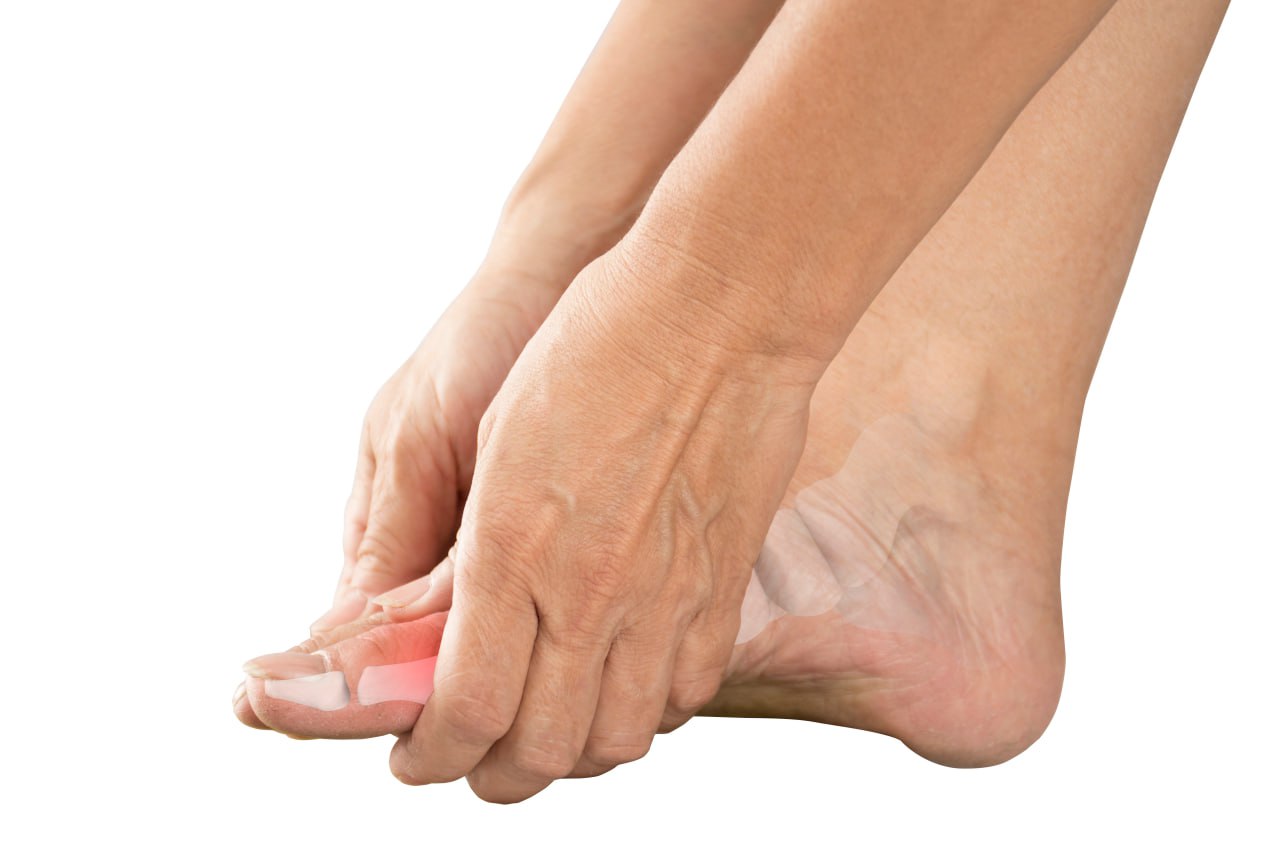
Gout Pain Treatment
Gout is a painful condition that can cause severe joint inflammation and swelling. It can lead to chronic pain and mobility issues that can have an enormous impact on your quality of life. Fortunately, the Neuragenex Neurofunctional Pain Management protocol...

Fibromyalgia Pain Treatment
Fibromyalgia is a chronic disorder that causes several symptoms, including widespread pain, fatigue, and cognitive impairment. Our non-surgical and drug-free treatments can help reduce the chronic pain associated with fibromyalgia. Additionally, our holistic...
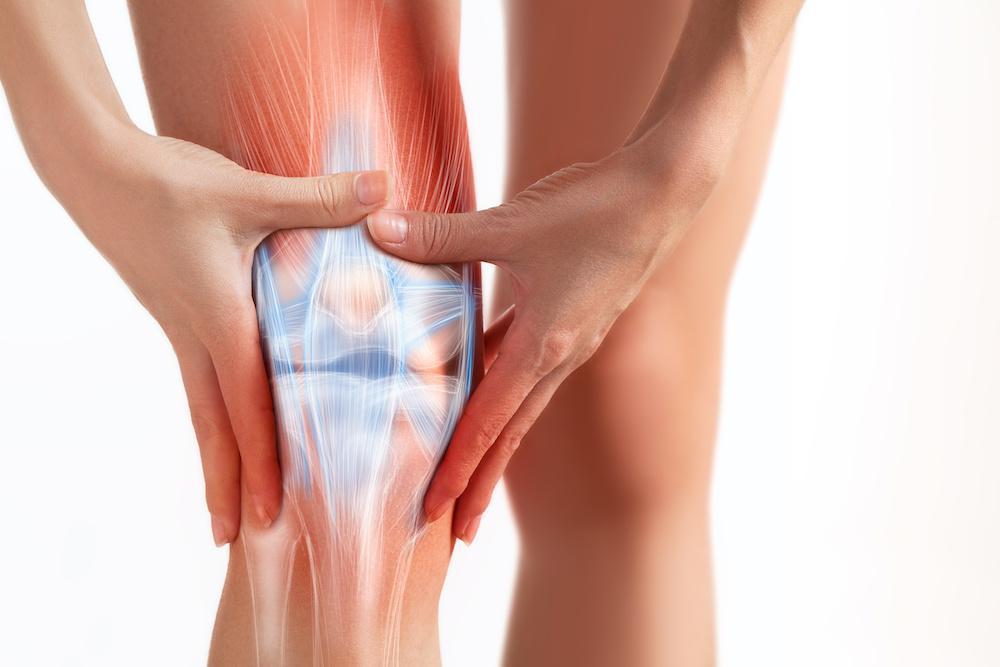
Knee Pain Treatment
Are you suffering from chronic knee pain? We offer a non-invasive, non-chiropractic solution for reducing and controlling knee pain. Our drug-free treatments are designed to improve joint function, reduce inflammation, and provide long-term pain relief...
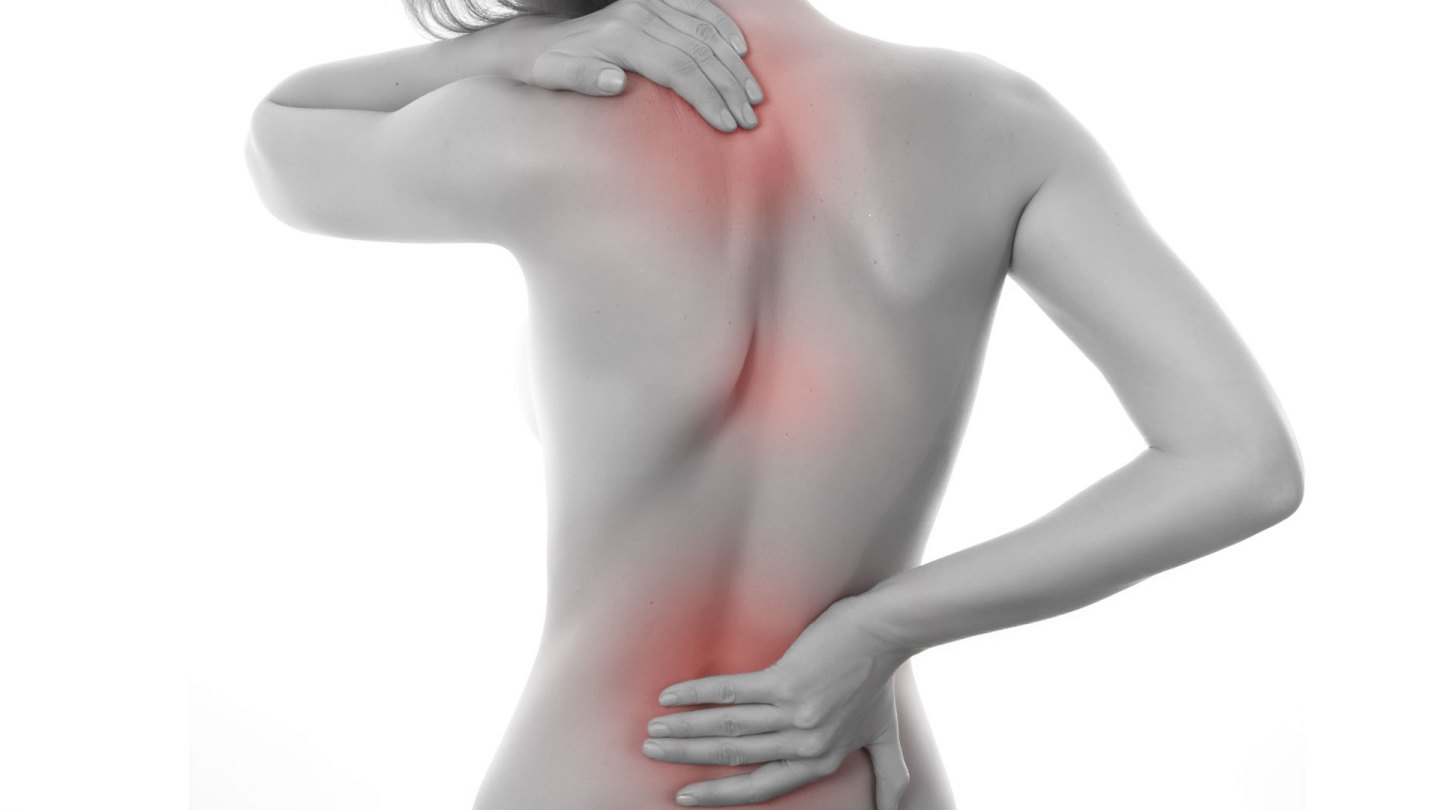
Osteoporosis Pain Treatment
Although osteoporosis doesn't directly cause chronic pain, it can lead to various conditions that can cause chronic pain, including bone fractures, joint pain, and nerve damage. The pain caused by these conditions can be debilitating. At Neurogenex, we can...
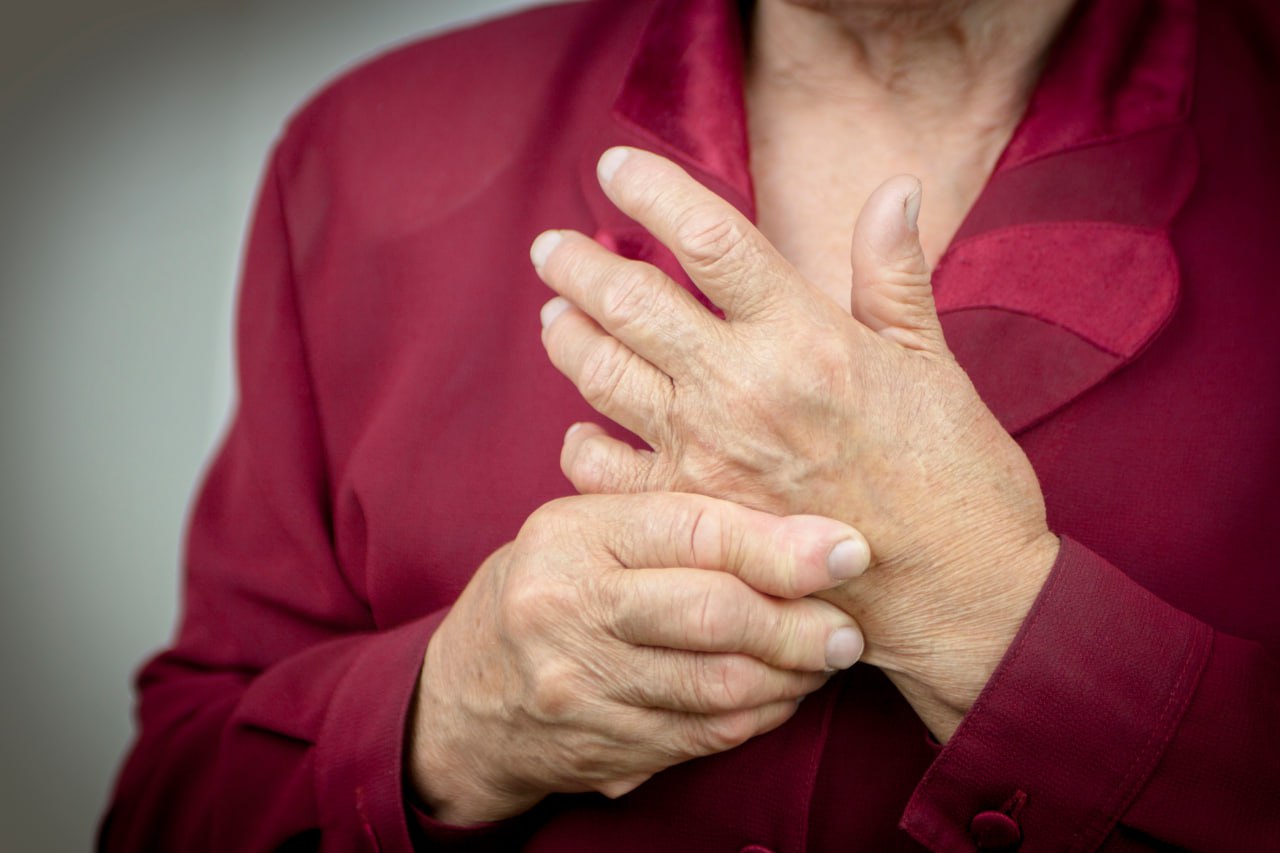
Rheumatoid Arthritis Pain Treatment
Rheumatoid arthritis can be a debilitating and painful condition that causes swelling, joint damage, and immobility. We offer a non-invasive, non-chiropractic solution to alleviate the pain associated with rheumatoid arthritis. Our treatments are designed to...
Don’t Let Joint Stiffness And Swelling Slow You Down
Experiencing joint stiffness and swelling can be debilitating and significantly impact your ability to enjoy daily life. The good news is there are solutions available. Being able to accurately identify the symptoms of joint inflammation, understand its causes, and explore groundbreaking approaches like Neuragenex Neurofunctional Pain Management means you can find long-lasting relief and improve your overall health and well-being.
Our patients can find relief from joint discomfort without needing medications or surgery through our drug-free, non-invasive treatments such as electroanalgesia, specialized IV therapy, and lifestyle counseling. With our pain management solutions, you can easily manage your joint pain – allowing you to live a more active life.
If you or someone you care for has concerns about their joint health, seek professional help and begin timely interventions that lead you to the best outcomes and long-term results. Discover how our Neuragenex NFPM protocols can help you find enduring relief from chronic conditions that cause joint swelling and stiffness.
If you're experiencing joint swelling, don't wait any longer. Contact us anytime and regain your mobility and comfort!




